Zeiss Otus 55mm f1.4 T* Complete Review
A manual focus lens forces you to engage with your shot, take your time and shoot with precision and purpose. So it seems fitting that I step back from video and do an old school write up on the new Zeiss Otus 55mm f1.4.
Another good reason is that YouTube compression makes it hard to accurately judge image quality – so here I want to post images with very little compression, and link out to full resolution files you can study.
If you follow on social media, you have probably seen I have been sharing various shots taken with this lens over the last month. I have been shooting with this lens extensively, so I can give you a real, rounded view of using this lens for pleasure and for work, indoors, outdoors, in natural light and with controlled studio lighting.
INTRODUCTION
Who doesn’t love a standard prime? Relatively small & fast, they generally offer great value for money and are versatile performers that almost all shooters will find a purpose for. But what about a standard prime that isn’t small, isn’t cheap and certainly is not a general purpose lens. Does it still make sense??
As a photography junky, tech geek and part time pixel peeper, I love new gear and I love putting top of the line equipment through its paces. I have had the pleasure to trial and test most of the ‘extreme’ high end lenses, such as the Leica 0.95 Noctilux, the f2 Summicron, hyper primes, most of the current mainstream standard primes and many of the vintage manual beauties from Canon and Nikon. But it is important to never forget two major balancing points – practicality and value for money.
The Zeiss Otus comes in at $4,000 in the US, and whilst it clocks in at a respectable f1.4, it’s transmission rate is T1.7 – which is pretty average for a quality prime – same result as the new Nikkor 58mm f1.4G.
Oh, the Otus is also manual focus. It will give you focus confirmation and perfect metering with your modern Nikon and Canon DSLR’s, however all the focus will be done by you.
It is also rather large – longer and wider than the Nikkor 24-70mm f2.8 zoom at approx. 3.64 x 5.55" (9.25 x 14.10 cm), and it weighs in at 2.13 lb (970 g).
So, at 8 times the price and triple the weight of the Nikon or Canon f1.4 50mm primes, what is reasonable to expect from the Otus?
Check out my new book on Kickstater here: https://www.kickstarter.com/projects/matt-granger/public-bodies-nude-in-public-art-nude-photography
BUILD AND DESIGN
The Otus is the first standard prime from Zeiss to use their Distagon design. In simple terms – Distagon lenses tend to be big and heavy with the goal of best image quality, at the expense of size and weight. Indeed legend goes that the designer at Zeiss was given the remit to ‘make the best lens in the world, without compromise in design’.
The Otus has 12 elements arranged into 10 groups – 6 of the elements are made of glass so rare, they are more valuable than gold. This is immensely complex for a standard prime lens. For example the Nikkor flagship – 58mm f1.4G has 9 elements in 6 groups.
That may not mean much to you – and if you aren’t interested, skip over it and see what result that yields below.
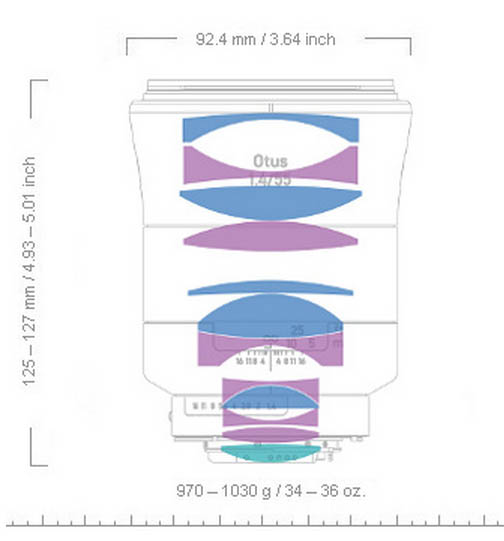
The build quality is exquisite. In an age where other brands have plastic bodies and lightweight construction, the weight of the 55mm is reassuringly sturdy – everything is metal, even the lens hood. The bold yellow markings (inherited from the Zeiss cinema line up) struck me as unusual initially, but they are actually quite handy when shooting in low light.
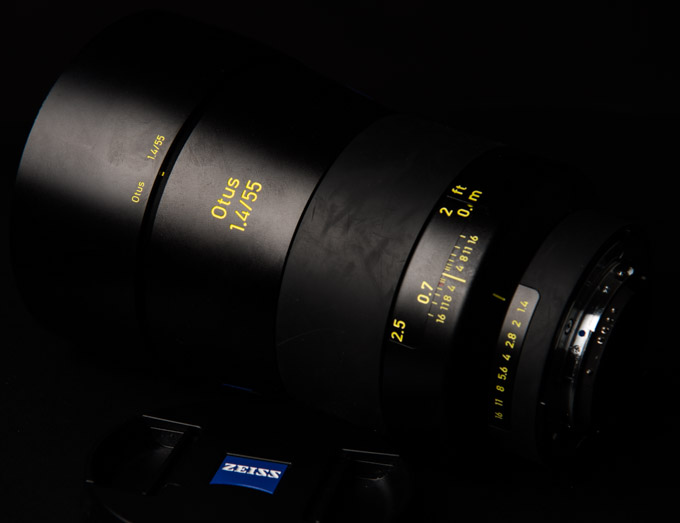
I have 2 gripes with the build quality: the lens hood has no locking mechanism, and the rear of the lens does not have a weather-sealing gasket. Neither caused an issue in my testing, the hood never accidentally bumped loose, and despite shooting in some dusty and damp locations no moisture or dirt got into the camera body. Nevertheless, I think at this price point a rear seal should be included, it would not compromise image or build quality, and would give a little reassurance when shooting in such conditions.
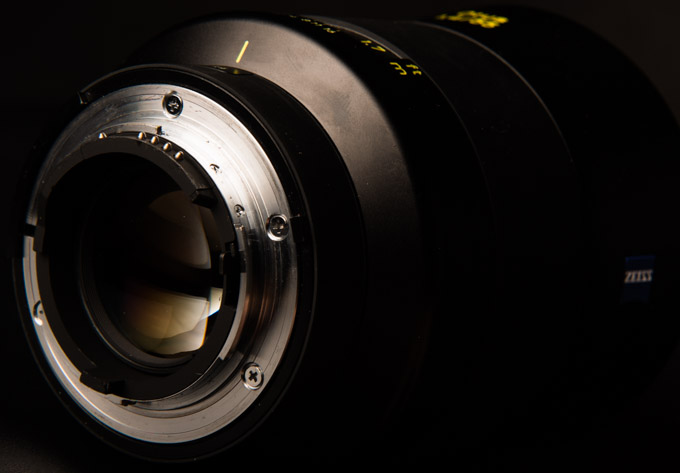
TECHNOLOGY
The 55mm Otus was 3 years in the making. First announced at Photokina 2012, Zeiss have taken their sweet time putting this lens out. Each is put together by hand, and that means supply is limited – meaning a worldwide back order.
In my mind there are 3 main forms of technology at play in camera & lens manufacture & performance.
- Computing power. Inside our DSLRs are a huge range of algorithms and formulas that control the autofocus, metering and what not. There are also the image engine processors themselves. This type of tech is rapidly advancing, improving year to year – but it is largely in body tech.
- Coatings and materials – every now and then manufacturers improve how they coat and treat their glass, and the way they process and refine the glass (and other materials) to yield better results. This is part science, part engineering.
- Old fashioned optical design. This is where most the things we lump together as image quality comes from sharpness, contrast, detail, effective resolution etc. This is a process of refinement and gradual improvement – not a fast process. Optics design has been improving slowly over more than a hundred years, and it is only when a slight advance coincides with the best coatings and materials, and the perfect formula for a given lens – that real magic lenses are thrown up. In my mind we get one every 3 to 5 years that is truly outstanding.
With the Otus, well there is no Autofocus – so that rules out all of point 1. On point 2 & 3 – this lens outperforms every lens I have ever used.
Let the review begin….
PRACTICALITY
I want to cover this early in the review, as we cannot escape the fact that this is a big, heavy, expensive lens that does not have autofocus. So if you are simply unwilling to try or learn to focus manually – this lens is not for you. End of story.
For those of you familiar with manual focus, or those willing to try – this is by far the best lens I have ever used for practicality of MF.
The focus throw on this lens is 248 degrees – over 2/3s of a full turn. And the focus ring is wide, grippy and smoother than a Morgan Freeman voice-over. The long focus throw around the bulbous body gives you extremely precise control over your focal point, critical if you are shooting wide open.
For many image quality purists who want ULTIMATE sharpness and contrast, this is not such a big deal, as they will often stop down to f5.6 or f8 – the range where most lenses perform best. But, as we will cover in the next section – the Otus outperforms almost everything else – even comparing them at f8, and the Otus wide open at f1.4. So smooth manual focus is important.
Practicality of this lens will depend on you – your comfort with MF and the kind of work you shoot. There are some who would be lucky to get 1 in 10 sharp at f1.4, and there are those with great eyes or loads of practice who will get 9 from 10. For me, it is suitable only in some situations. When shooting a model in a position they can hold steady, hand held I get a good ratio pin sharp. In situations where I can use a tripod and live view to confirm focus – 10 out of 10. But if it was a moving subject, or I were walking down the street, in situations where I had say 5cm or less total DOF, I struggle to MF accurately.
OPTICS
In a word, the Otus is Astonishing.
Please make yourself comfortable, as I may ramble here.
Optically, this lens is peerless among 35mm lenses. Occassionally you get a lens that clearly outperforms all of its competitors in one of the major image quality tests – like resolution, sharpness, flare control, contrast etc. These are those one in 3-5 year lenses I described above.
That is NOT the Otus though. The Otus outperforms everything, in every measure – and by a staggering margin.
In terms of sharpness and contrast, the Otus at f1.4 outperforms my next best lenses stopped down f4, and my ‘good’ lenses at f8.
Read the sentence above again. That is literally the case. And if you are into this stuff – that is HUGE. No lens is perfect wide open – indeed the Otus is not at its best wide open either – but it still smokes the competition. And by f2.8 to f4 it has reached peak performance – no need to stop down to F8 with this lens.
There is not much I can say about the performance that really does it justice. If I tell you it is the sharpest, the crispest, the contrastiest lens I have ever used – does that mean much to you? If I say the transition from sharp focus to out of focus is as smooth and dreamy as any hyperprime, does it inspire you? Probably not, it’s just words right? So let’s check out the images.
There are a ton of posts out there shooting charts and showing this blow away the best from every manufacturer. Here I want to share real world shots, out of the ‘testing’ environment. NOTE - all images shot on Nikon D800E in NEF format, processed in Lightroom with minimal adjustment, exported as sRGB JPEGS at 100 quality.

Above. This shot was taken at f1.4, 1/1250 second @ ISO200. Crop below, full res HERE.
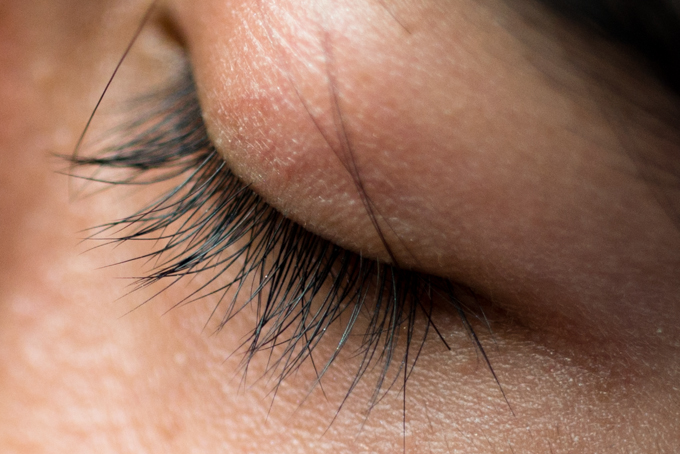
Above. RIDICULOUS - f1.4!

Above. This shot was taken at f1.4, 1/100 second @ ISO200. Crop below, full res HERE.
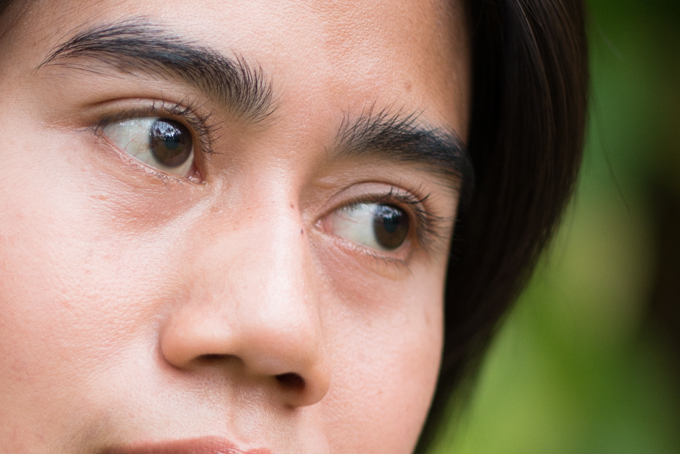

Above: taken with lighting, f8, 1/250th @ISO50

Above: Crazy amounts of skin detail. See the full res HERE

Above: Taken on the streets of Jakarta, handheld @f2.8, 1/640th at ISO200

Above: Crop - who needs a macro lens! Kidding of course, it doesn't get you nearly close enough for macro work, but the detail is pretty amazing. Full res image HERE.

Above, this shot taken with an Orbis Ringflash at f4, 1/200th @ISO200. The fall off is so soft.

Above: The fall off may be soft - but the sharp areas are RAZOR sharp. Pixel peep HERE.

Above: How about at f13?
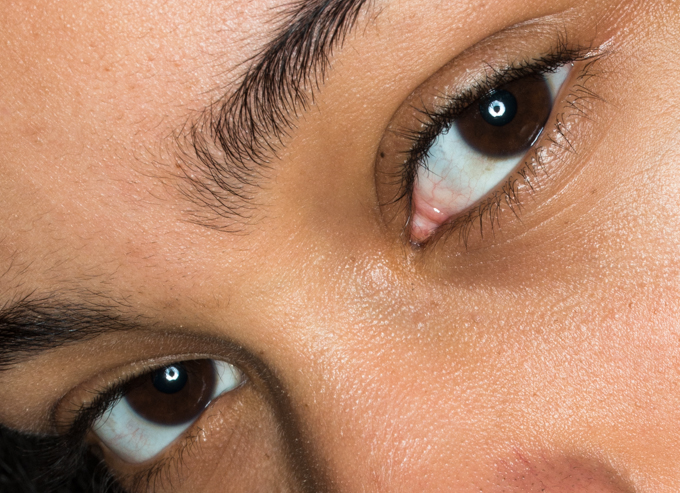
Above: Well, you get MORE of the shot in focus, but as you see above, the sharpness is peerless throughout the aperture range. Full res HERE.
There are plenty of independent tests out there showing the technical resolving power of this lens, how it performs on charts etc - but these real world images above speak for themselves I think.
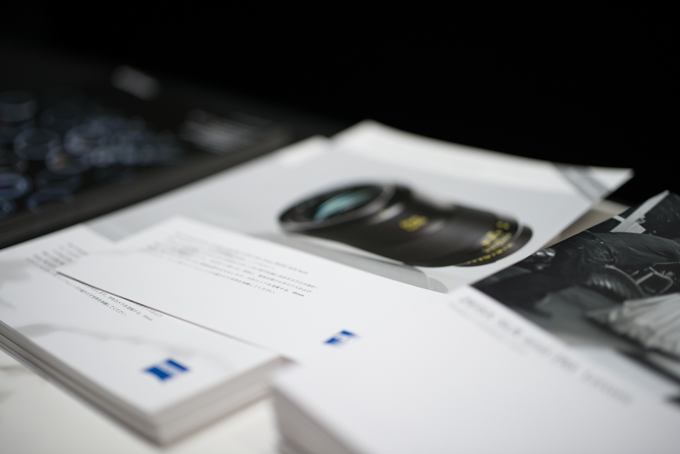
Above: I took this rather boring test image at CP+ in Yokohama Japan, under nasty trade show lighting. I wanted to see how good the contrast was wide open, compared to my Nikkor 50mm f1.4G lens. So I focussed each, wide open, on the text.

Above: This is the Nikkor 50mm f1.4G result. Nice soft blur, not too bad in terms of sharpness. If you are not a tech head, or you have never done this sort of test - let me tell you this is a pretty good result. It is not up there with the very best, but it is miles ahead of many standard primes wide open.

Above: This is the Zeiss Otus. It is tremendously difficult to render whites so white, and blacks SO black at the same time, and with such sharp fall off. I have NEVER seen a lens perform like this. Also note how much softer the Zeiss logo is front of frame.
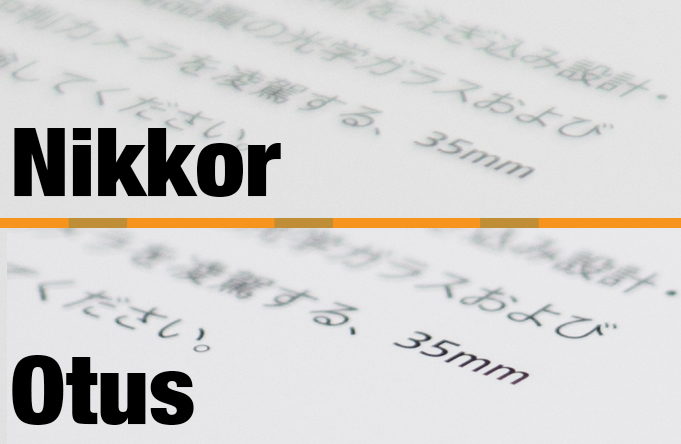
Above: side by side the difference is obvious. Of course, you are not going to shoot pamphlets all day long - but image how this contrast impacts landscapes, portraits, macros - all forms of photography.
can a lens be too sharp?
Asking me that is like asking Jeremy Clarkson (Top Gear) if a car can be too powerful. For me, I will gladly take every ounce of detail and sharpness I can get. Some (usually beginners) argue that you can just 'add sharpness and blur in Photoshop' - nonsense. You cannot add true detail that is not realised by the lens and captured by your cameras sensor or film. You can soften it, you can alter it, you can 'sharpen' it - but note that lens 'sharpness' and Photoshop 'sharpening' are NOT the same thing.

Above: 100% crop - tiny hairs (invisible to the eye) are apparent with the Otus and D800e.
But for those people who are, for example, shooting portraits and wanting to exclude skin texture - then yes - you would have a lot more detail requiring exclusion from this lens. But if you are seeking detail, contrast, nuance and resolution - this has it in buckets.
What Camera is it suitable for?
Currently Zeiss only make this in Nikon or Canon mount. Of course, you can always buy an adapter to fit it to other cameras (I suggest getting the Nikon mount as it has the aperture dial built in).
I shot above images on the Nikon D800e - the highest resolving 35mm format DSLR on the market (so far...). This lens has shown me what that sensor is capable of. But what if you are using a cheaper body?
Fact is, your image quality will always improve with a better lens, no matter what body you are using. If the lens is sending muddied details, flat contrast and loads of flare - that is what the sensor has to work with. If you put a kit lens in front of a D800, the lens limits what the sensor has to work with. I think it is fair to say that no matter what lenses you are using now, you will see the quality jump if you mount the Otus to your body. But no question the Otus is aimed at full frame, high resolution sensor cameras such as the Nikon D800 and Canon 5D.
conclusion
OK, the hard part now is trying to balance the A-MAZING image performance with the price, size & weight, realities of MF. Oh, and the lack of a rear weather-sealing gasket.
The term specialist equipment is too often used to justify either a high price, or to excuse quirks. That is not my intention when I say that this is a specialist lens - it is NOT for everyone or every situation. Unless you are an expert at manual focus you will not be able to focus wide open on fast moving objects. And unless you value peerless image quality highly, the price will be prohibitive for many.
If you have the budget, and your experience or subject matter suits manual focus, then I think this lens is a bargain.
WHAT? A $4,000 bargain!? I realise that may sound crazy, and if you compare this to a $500 standard prime without having tested this for yourself, the huge price difference seems impossible to forgive. But that is like comparing a 5lt engine Ford with a 5lt engine hypercar. The Otus is the Bugatti Veyron Super Sport of the 35mm lens world. Yep it is big, heavy, chunky and a bit old fashioned. But what lurks under the shell is the stuff of legend. And just like comparing sports cars to super cars to hyper cars - the last few percent of performance costs an arm and a leg.
A fairer comparison is to compare this to the best Leica prime lenses, like the Leica f1.4 Summilux ASPH (also manual focus and over $5,000) or medium format lenses which put the price of the Otus into perspective.
So - whether you have already placed your order and are doing research to confirm your choice; or the Otus is a 'looks amazing but I'm not sure', or a 'I'll never afford one - I'm just here to pixel-peep' - 3 things are certain.
1. Zeiss have lifted the bar by a huge margin in terms of what is possible optically for the 35mm market. They have also created a lens with the mechanical build quality that meets or exceeds any lens I have ever used.
2. This is a specialist lens that will not suit everyone. But those lucky shooters who do get it are in for an amazing shock.
3. I want one!
If you are one of those 'give me a star rating' types, then... I guess this is 7 stars - like that hotel in Dubai - or as high as the scale goes. Even with the price factored in, it has to get the highest rating - it's just that good.
Two more lenses are planned for the Otus range. A telephoto (rumoured to be 85mm) and a wide prime. No timing has been announced on these.
I hope you enjoyed this style of review, giving access to higher quality images and more detailed analysis.
Disclosure: Zeiss loaned me the Otus for an extended period to allow for a detailed review - no strings attached. All opinions here are my own, based on thousands of frames taken in 3 countries across around a dozen commercial photo shoots.
SHARE YOUR THOUGHTS ON THE REVIEW/LENS AT THE COMMUNITY FORUM DISCUSSION HERE.

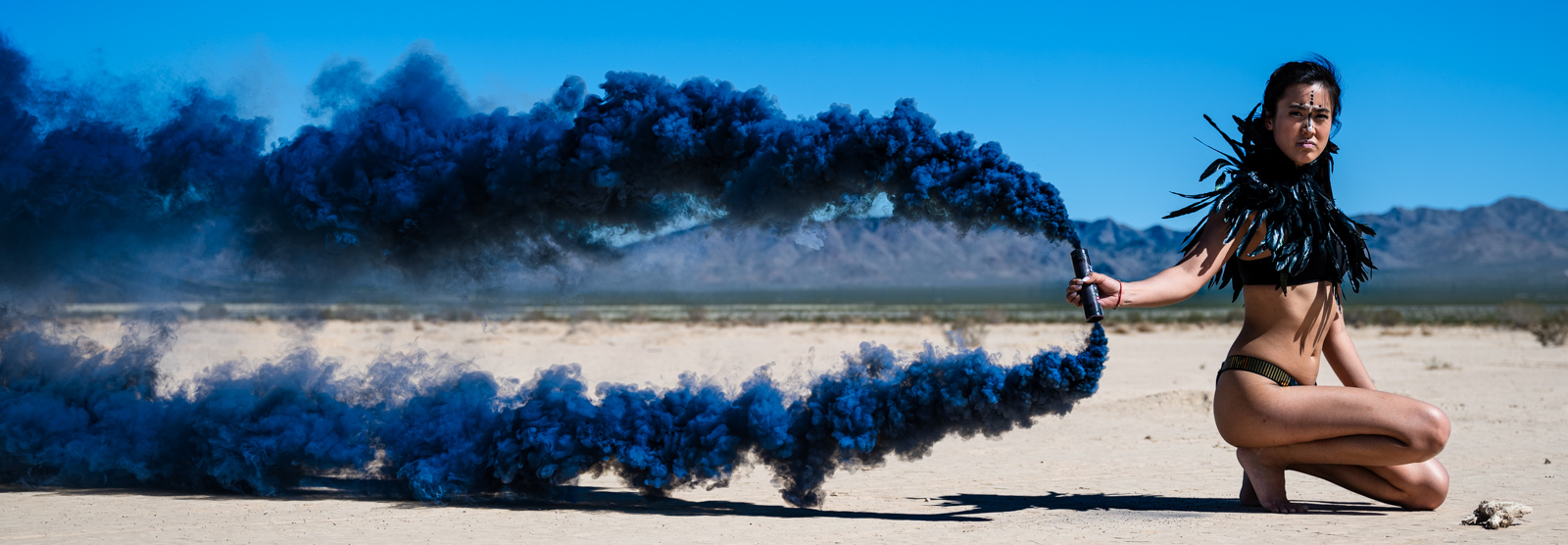
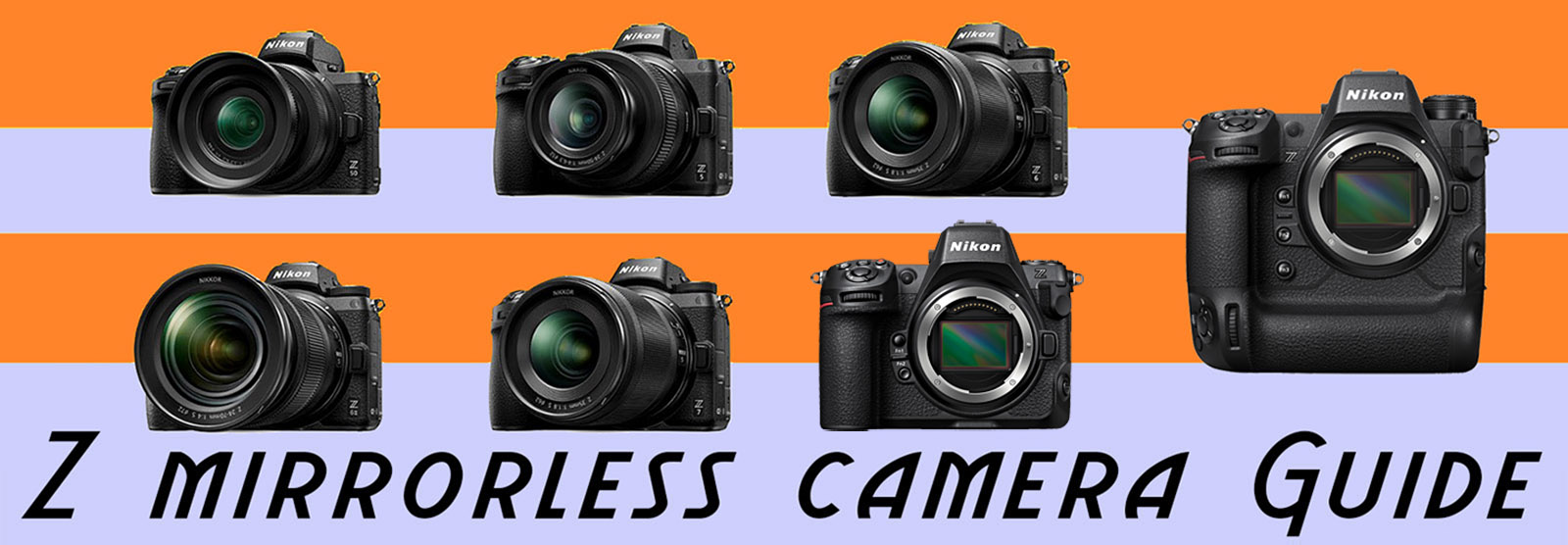


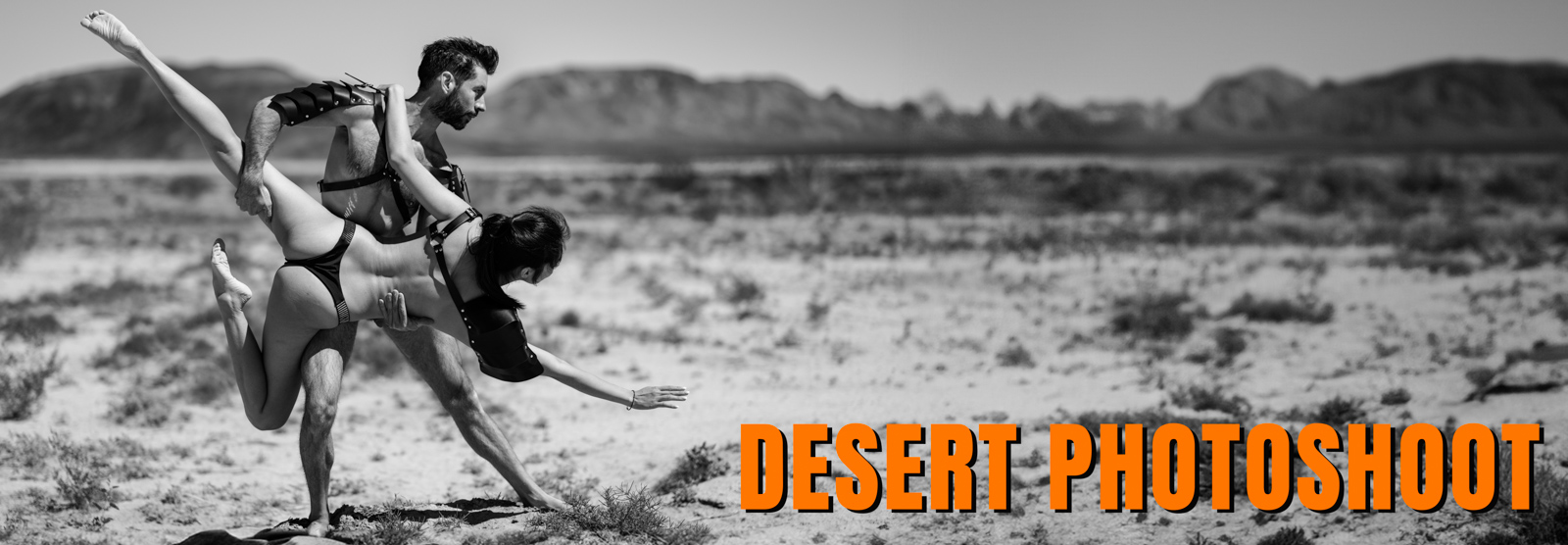
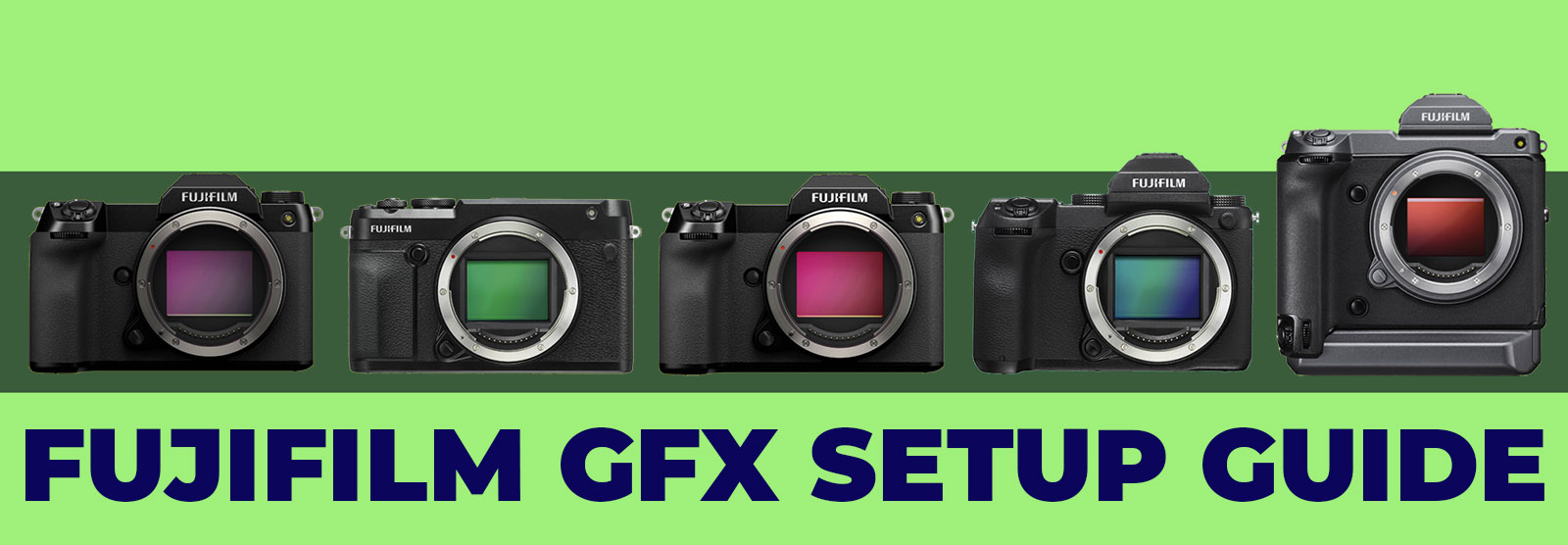
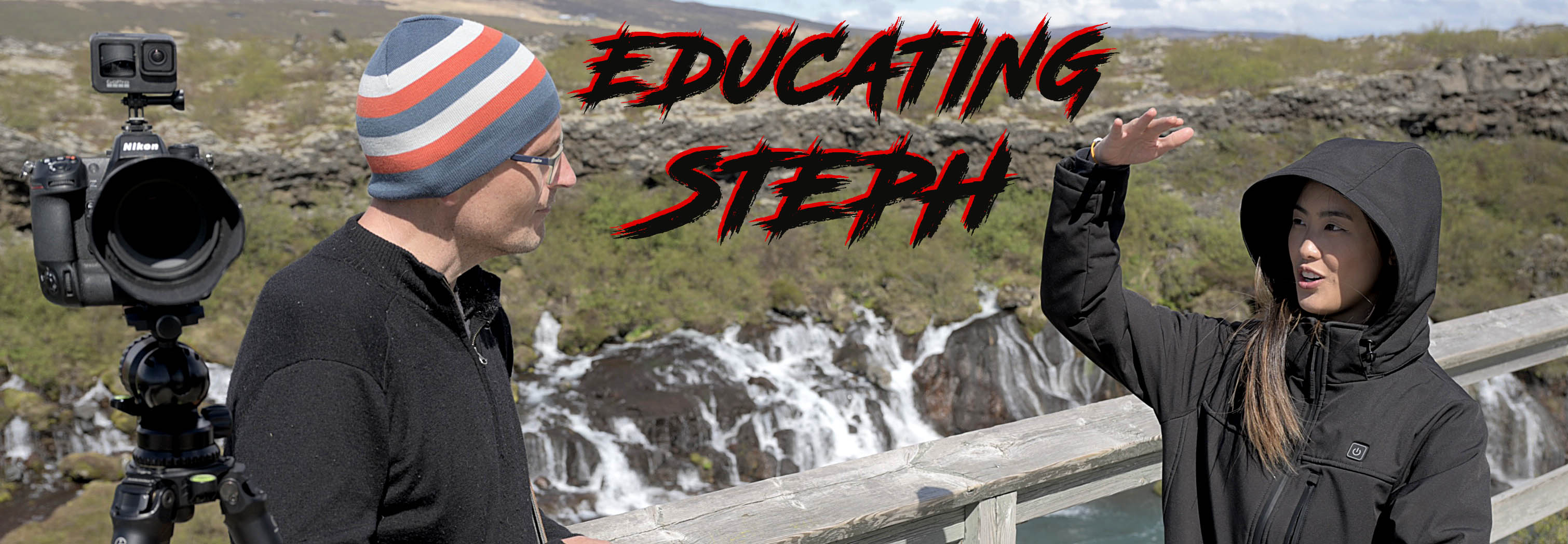
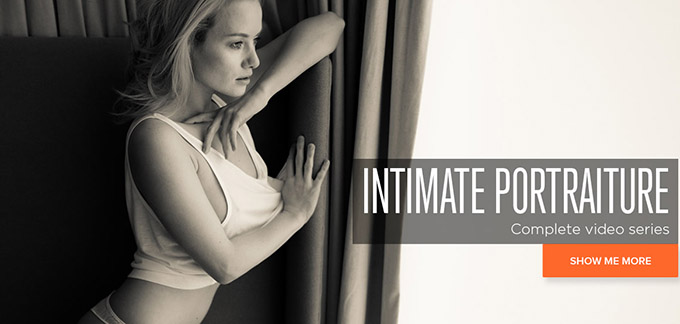
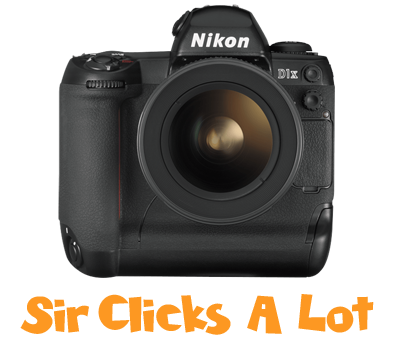
 21,408
21,408 127,210
127,210 9,051
9,051 644,688
644,688


